Hi there, pet lovers! 🌟
Feeding a snake is one of the most important aspects of snake care, but it can also be one of the most intimidating for new snake owners. Whether you’re a first-time snake keeper or a seasoned reptile enthusiast, understanding how to feed your snake properly is crucial for their health and well-being. In this comprehensive guide, we’ll cover everything you need to know about feeding snakes, from choosing the right prey to troubleshooting common feeding challenges. By the end of this post, you’ll feel confident and prepared to provide your slithery friend with the nutrition they need to thrive.
Overview
Feeding a snake involves more than just offering food—it’s about understanding their dietary needs, preparing prey safely, and creating a stress-free feeding environment. This guide will walk you through the basics of snake nutrition, the pros and cons of live vs. frozen-thawed prey, step-by-step instructions for feeding, and tips for handling picky eaters. Whether you’re caring for a small sand boa or a large ball python, this post has you covered.
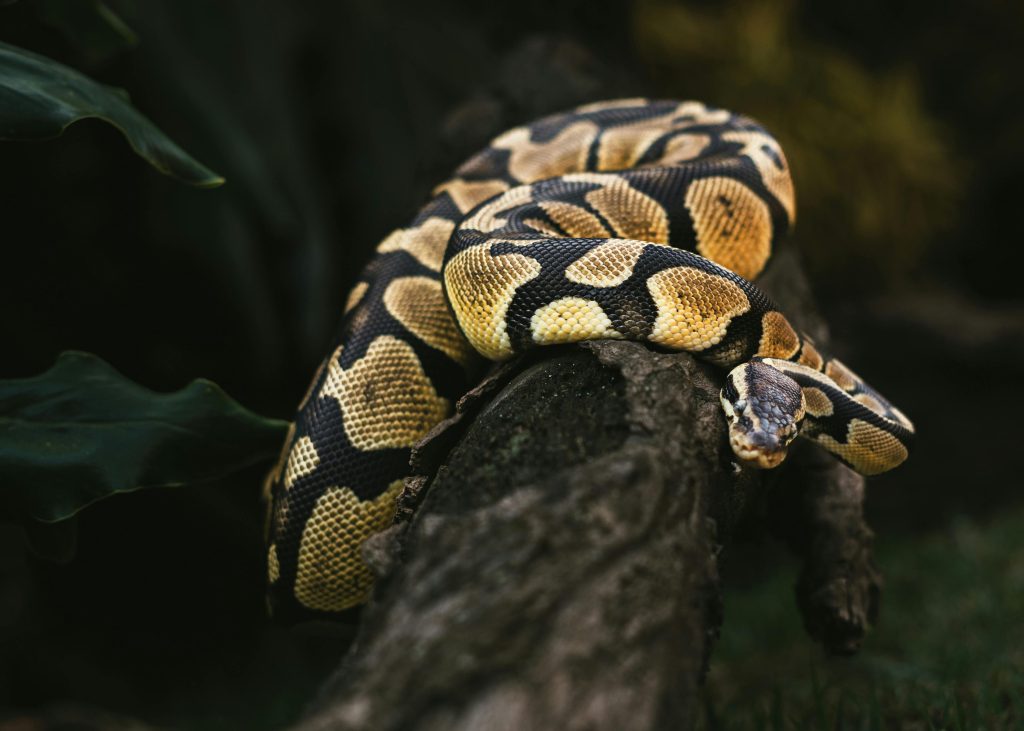
Understanding Your Snake’s Diet
Most pet snakes are carnivorous, meaning their diet consists entirely of animal prey. The type and size of prey depend on the species and size of your snake. Here’s a quick breakdown:
- Rodent Feeders: The majority of pet snakes, such as ball pythons, corn snakes, and king snakes, thrive on a diet of mice or rats. Smaller snakes typically eat mice, while larger snakes may graduate to rats.
- Other Prey: Some snakes, like garter snakes, may eat fish or amphibians, while others, like egg-eating snakes, have specialized diets. Always research your snake’s specific dietary needs.
The key to choosing the right prey size is to select prey that is approximately the same width as the widest part of your snake’s body. Offering prey that’s too large can lead to regurgitation or other health issues, while prey that’s too small may not provide adequate nutrition.
Live vs. Frozen-Thawed Prey: Pros and Cons
When it comes to feeding snakes, you’ll typically have two options: live prey or frozen-thawed prey. Each has its advantages and disadvantages, and the choice often depends on your snake’s preferences and your comfort level.
Frozen-Thawed Prey
Frozen-thawed prey is the recommended option for most snake owners. Here’s why:
- Safety: Live rodents can bite or scratch your snake, potentially causing injury. Frozen-thawed prey eliminates this risk.
- Convenience: Frozen rodents can be stored in bulk in your freezer, making it easy to always have food on hand.
- Cost-Effective: Buying frozen prey in bulk is often more affordable than purchasing live prey regularly.
- Humane: Frozen-thawed prey is considered more humane, as the rodent is euthanized before being sold.
Live Prey
While live prey is sometimes necessary for picky eaters, it comes with significant drawbacks:
- Risk to Your Snake: Live rodents can injure your snake if left unattended. Never leave a live rodent in your snake’s enclosure unsupervised.
- Emotional Difficulty: Watching a live rodent be eaten can be distressing for some owners.
- Storage Challenges: Live prey requires proper care and housing until feeding time, which can be inconvenient.
If you must feed live prey, always supervise the process closely and remove the rodent immediately if your snake shows no interest.
How to Prepare Frozen-Thawed Prey
Preparing frozen-thawed prey is a straightforward process, but it requires attention to detail to ensure your snake’s safety and willingness to eat. Here’s a step-by-step guide:
- Thaw the Prey: Remove the rodent from the freezer and place it in a sealed plastic bag. Let it thaw in the refrigerator overnight. This prevents bacterial growth and ensures the prey thaws evenly.
- Warm the Prey: Snakes rely on heat-sensing to detect prey. A cold rodent may not trigger their feeding response. To warm the prey, place the sealed bag in warm (not hot) water for a few minutes until it reaches body temperature.
- Use Feeding Tongs: Always use feeding tongs or hemostats to handle the prey. This keeps your hands at a safe distance and prevents your snake from associating your hand with food.
- Simulate Movement: Gently wiggle the prey in front of your snake to mimic the movements of a live animal. This can help entice your snake to strike and feed.
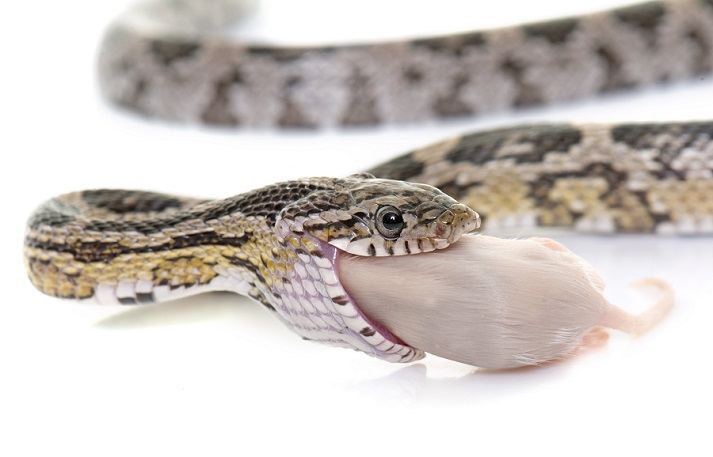
Feeding Tips and Best Practices
To ensure a smooth and stress-free feeding experience, follow these tips:
- Feed in the Enclosure: Contrary to some advice, feeding your snake in their enclosure is perfectly safe and reduces stress. Moving your snake before or after feeding can disrupt digestion.
- Avoid Overfeeding: Stick to a feeding schedule appropriate for your snake’s species, age, and size. Overfeeding can lead to obesity and health issues.
- Give Them Space: After feeding, leave your snake alone for at least 24–48 hours to allow for proper digestion. Handling during this time can cause stress or regurgitation.
Troubleshooting Feeding Challenges
Sometimes, snakes may refuse to eat. This can be due to environmental factors, stress, or health issues. Here are some common solutions:
- Check the Temperature: Ensure the prey is warm enough to mimic a live animal.
- Adjust Lighting: Some snakes prefer dim lighting or feeding during their active hours.
- Try Smaller Prey: Offering smaller prey can sometimes encourage finicky eaters.
- Consult a Veterinarian: If your snake refuses food for an extended period, seek advice from a reptile vet.
Building a Positive Feeding Routine
Consistency is key when it comes to feeding your snake. Here are some additional tips to build trust and ensure a positive feeding experience:
- Handle Your Snake Regularly: Regular, gentle handling helps your snake get used to your presence and reduces stress during feeding.
- Respect Their Boundaries: If your snake seems stressed or defensive, give them space and try again later.
- Create a Comfortable Environment: Ensure your snake’s enclosure has proper temperature, humidity, and hiding spots. A comfortable snake is more likely to eat regularly.

Final Thoughts
Feeding your snake is more than just a routine—it’s an opportunity to observe their natural behavior and strengthen your bond. By understanding their dietary needs, preparing prey safely, and creating a stress-free environment, you’ll ensure your snake stays healthy and happy.
We hope this guide has provided you with the knowledge and confidence to feed your snake effectively. If you have any questions or experiences to share, feel free to leave a comment below.
For more reptile care tips and guides, stay tuned to our blog and don’t forget to subscribe to our newsletter! 🐍

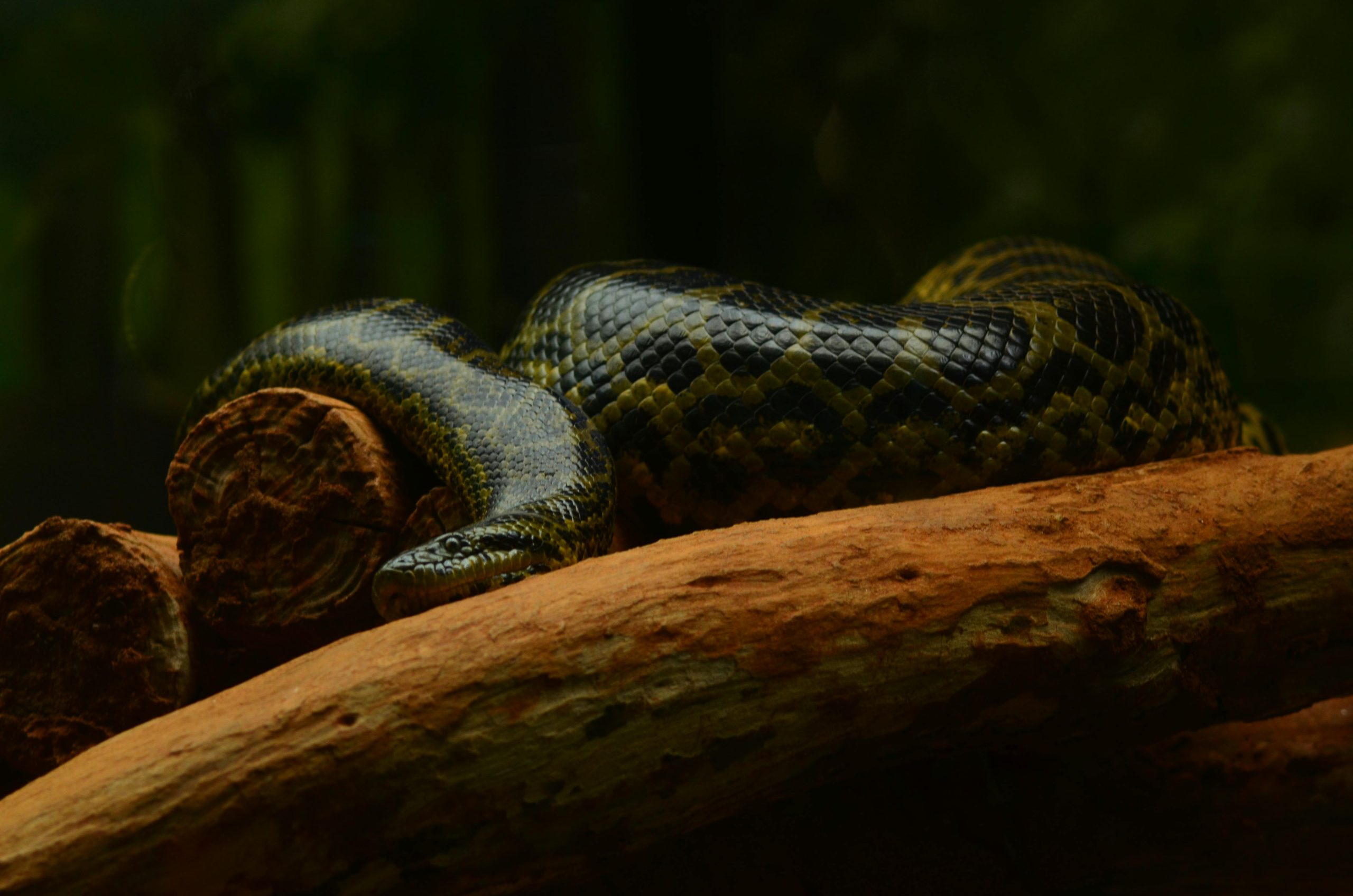

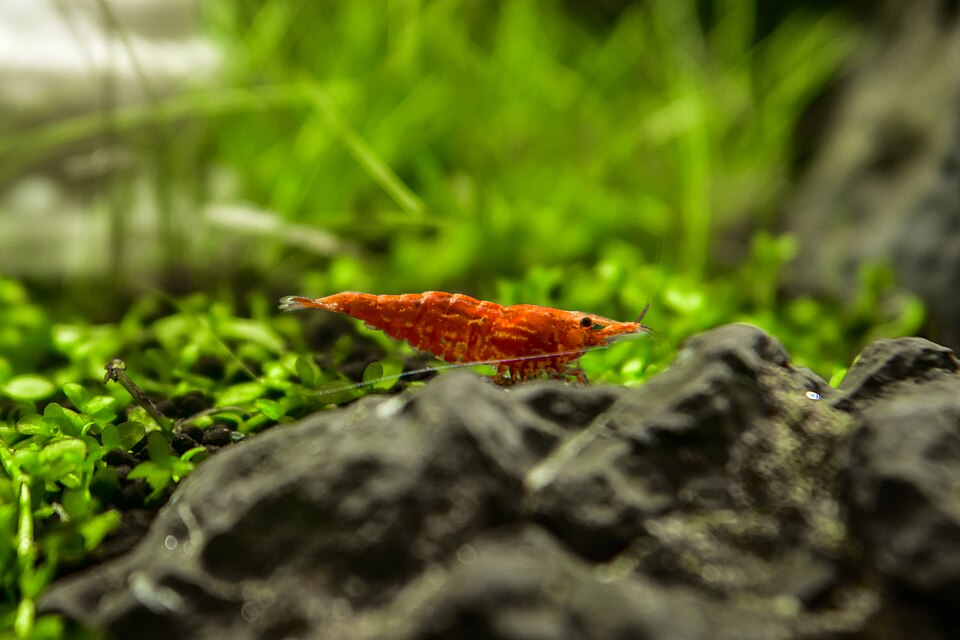

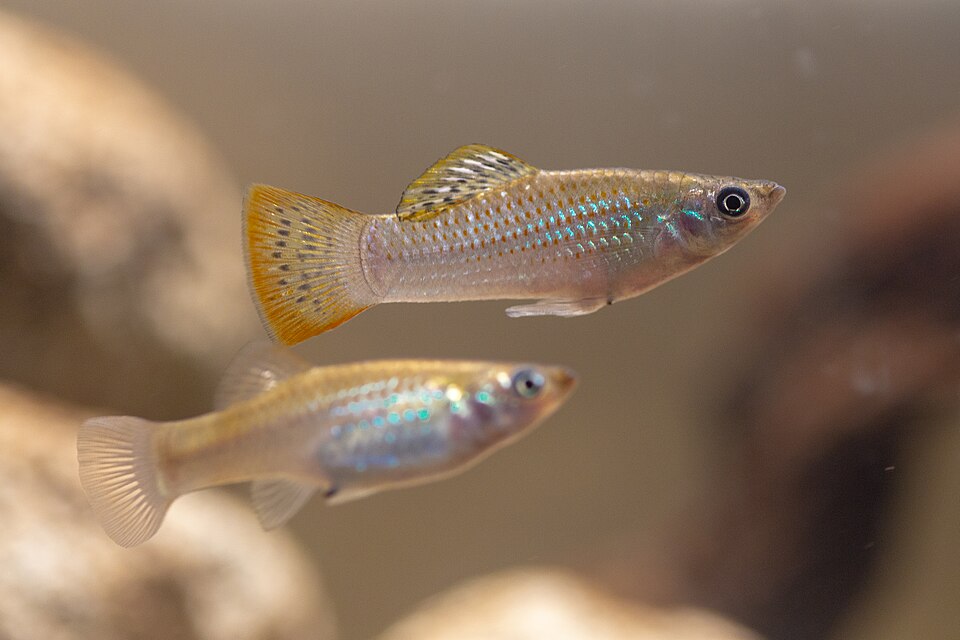
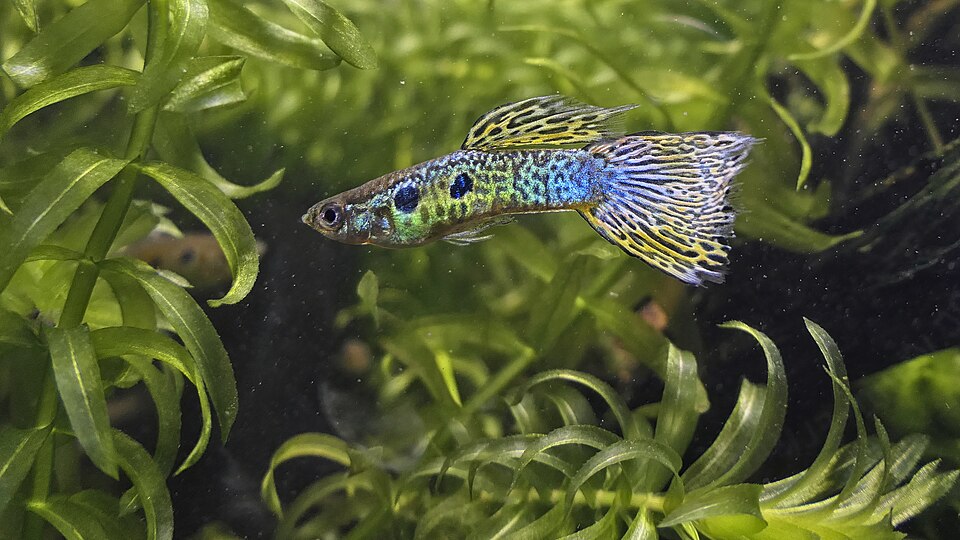
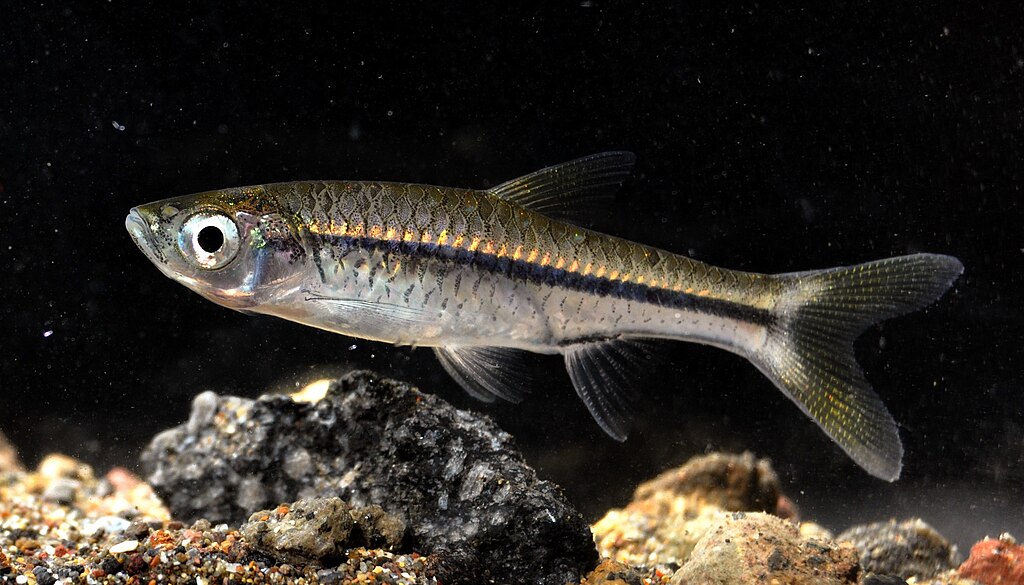
Leave a Reply